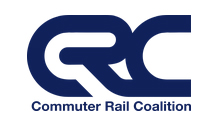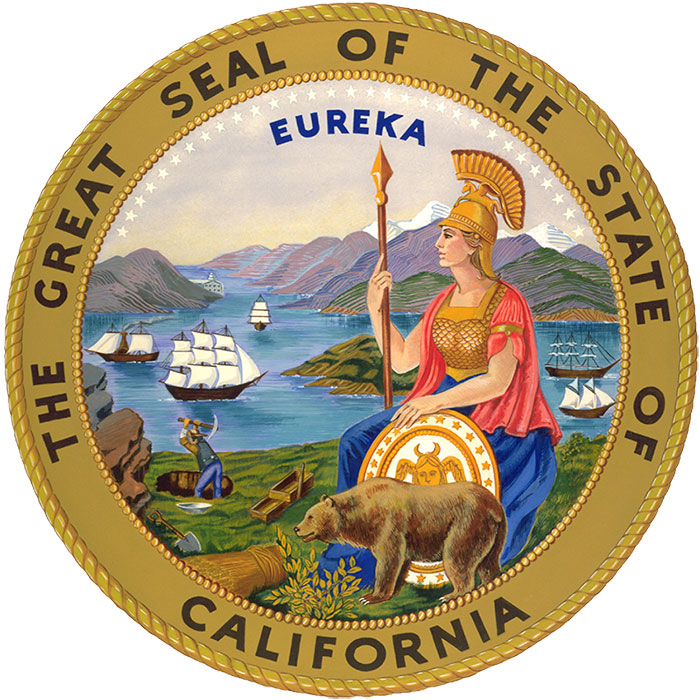WASHINGTON — Look no farther than positive train control to understand the motivation behind the formation of the Commuter Rail Coalition, an advocacy group for U.S. commuter rail agencies.
The nation’s commuter railroads will spend $4.1 billion to implement PTC, an unfunded congressional mandate that has forced some transit agencies to delay needed repair or expansion projects. “The agencies have suffered for that and we can’t let it happen again,” says KellyAnne Gallagher, formerly with the New York Metropolitan Transportation Authority and a founding member of the coalition, announced earlier this month. [See “New group forms to represent commuter rail interests,” Trains News Wire, April 4, 2019.]
Trains News Wire spoke to Gallagher, along with the coalition’s CEO, Jim Derwinski, executive director of Chicago’s Metra, and Steven Abrams, the group’s secretary/treasurer who is also executive director of the South Florida Regional Transportation Authority. The coalition’s mission, they say, is to educate federal leaders and advocate for commuter rail in Washington.
Abrams describes himself as a “political guy,” having held elected office in Palm Beach County and Boca Raton, and served in the Reagan White House. He’s also relatively new to commuter rail, having been appointed to the SFRTA in October. Gallagher says he brings a “breath of fresh air” to the industry.
Along with Metra and the SFRTA, starting members of the coalition include New Jersey Transit, the Connecticut Department of Transportation, San Diego’s North County Transit District, the Northern Indiana Commuter Transit District, and Oregon’s TriMet. Interest is high. Since it was announced, Gallagher says, “I’ve been struggling to keep up with the member prospective packages that have been requested.”
Commuter rail accounts for 21 percent of passenger-miles traveled on public transportation and these railroads increased their route miles 13 percent from 2000 to 2016, according to the American Public Transportation Association.
“Giant companies are moving to where their employees have access to good transportation,” Derwinski says. His message is that where cities want to grow their economies, commuter rail reduces congestion, improves the quality of life, and provides environmental benefits.
That requires investment, and Derwinski sees a need for dedicated funding streams for commuter rail. He’s says they’ll be advocating for that as the FAST Act, which funds surface transportation, comes up for renewal in 2020. This time, in addition to local transit agencies calling on their local members of Congress, “The Commuter Rail Association now has the ability to talk to all of the delegations of all the commuter agencies,” he explains. “At once it, becomes a much louder voice.”
Membership in the coalition is open to industry stakeholders outside of transit agencies, bringing more clout to conversations on Capitol Hill. “Congress doesn’t always view us as an economic stimulus,” Gallagher says. “They view as with our hand out, but we’ve more than proven our worth as part of the GDP of these core metropolitan regions of the country.”














